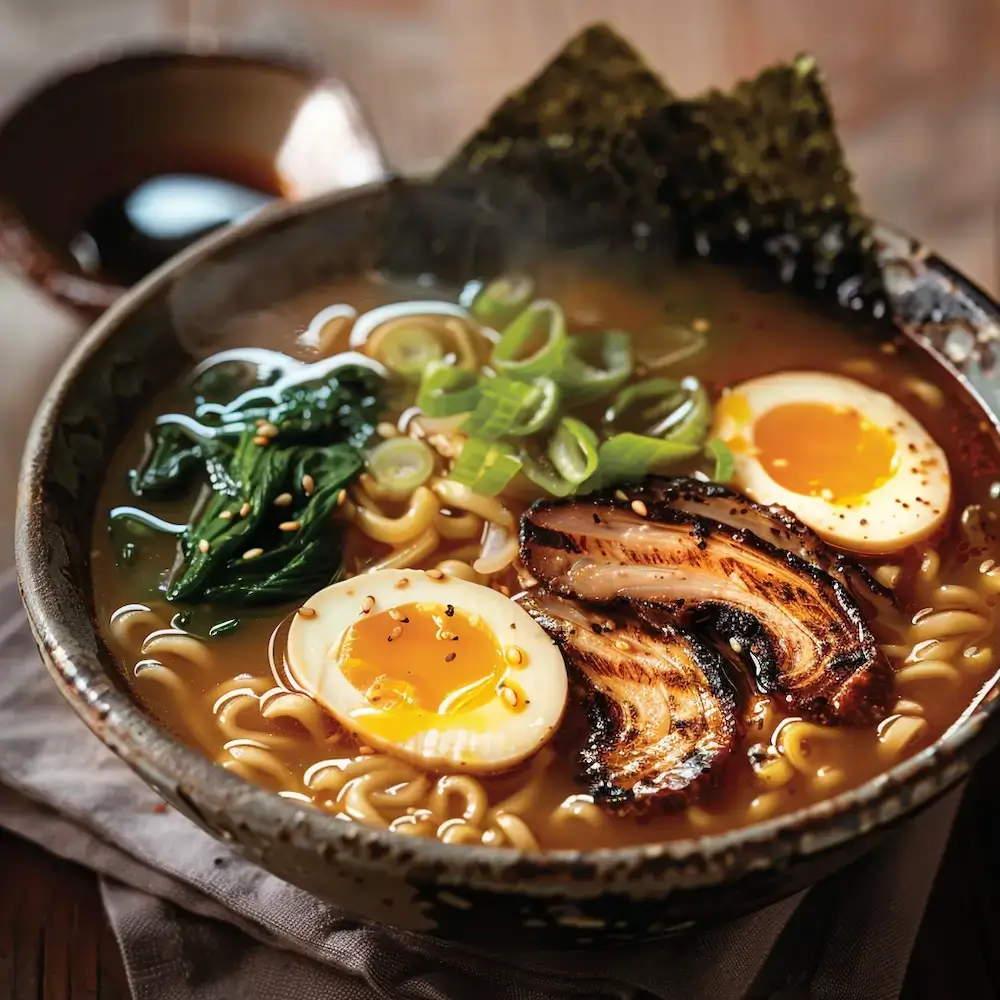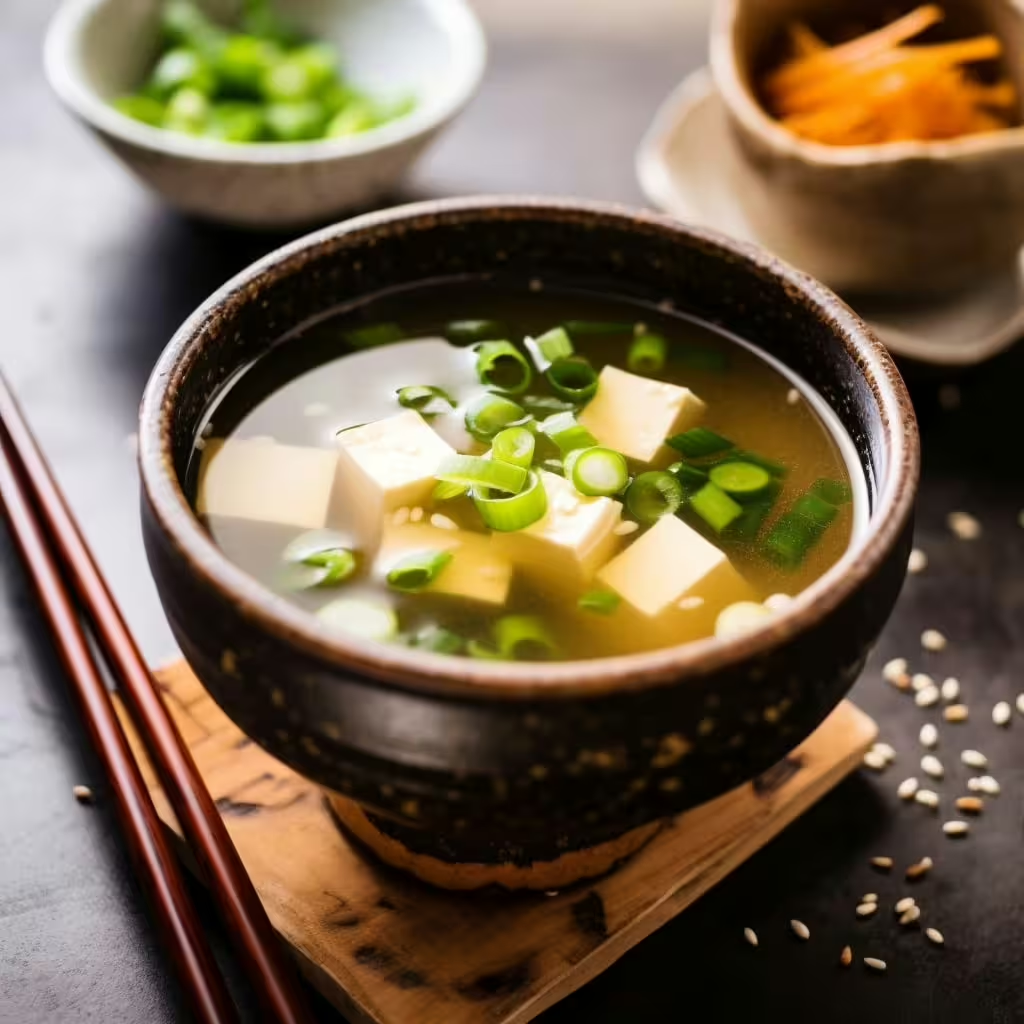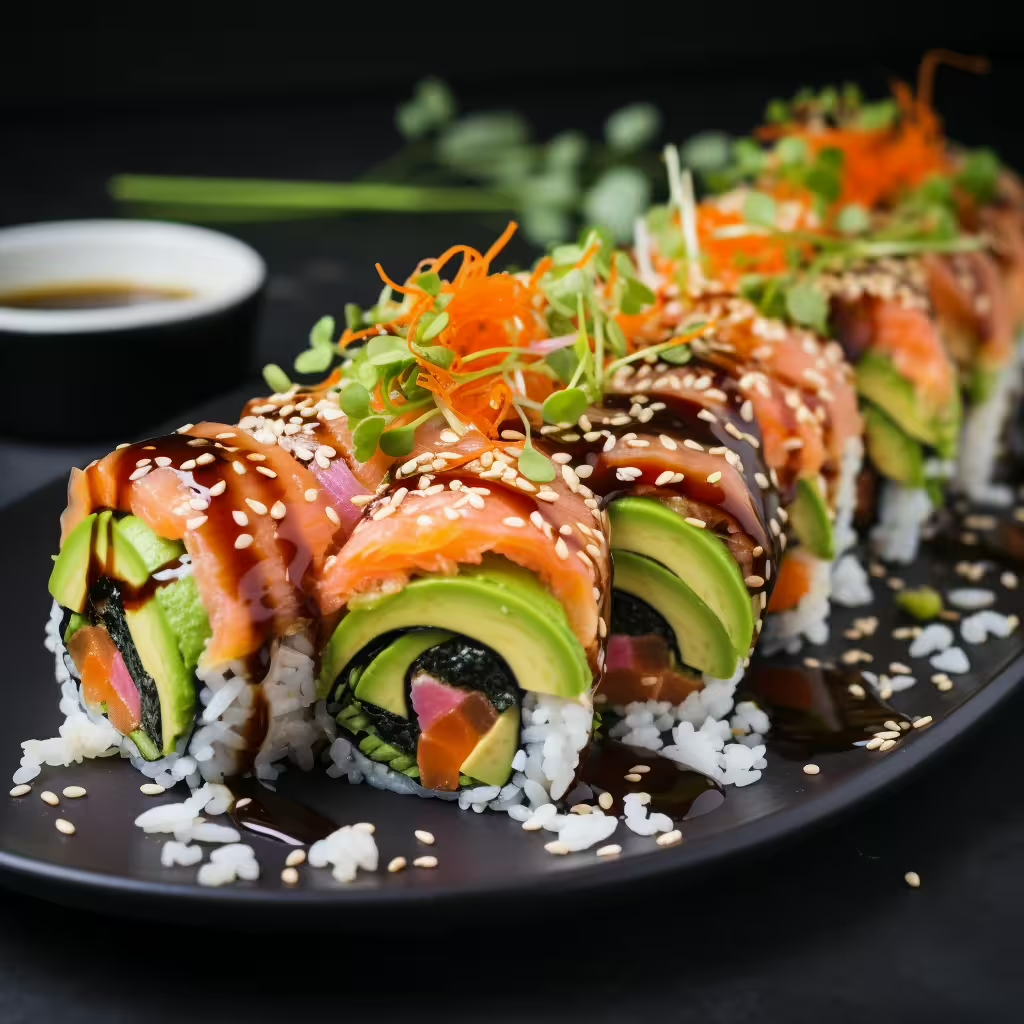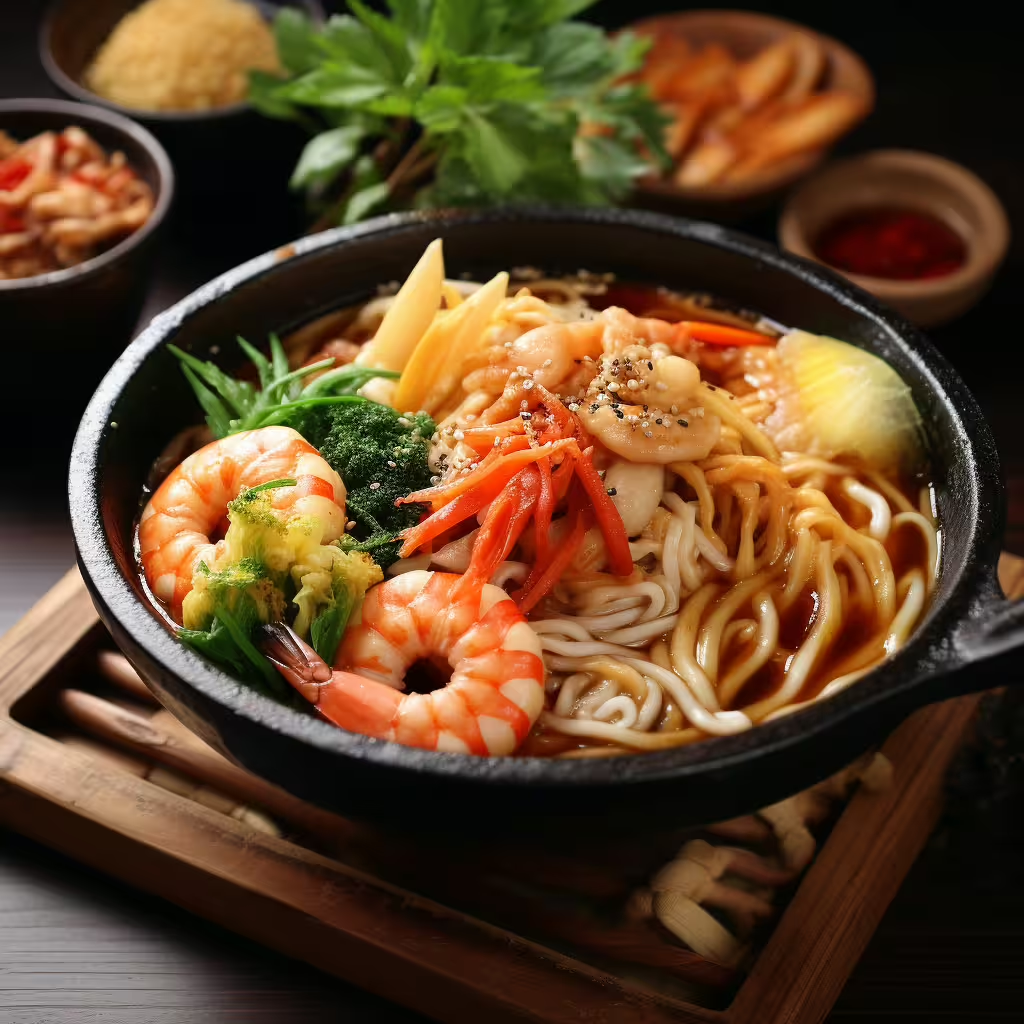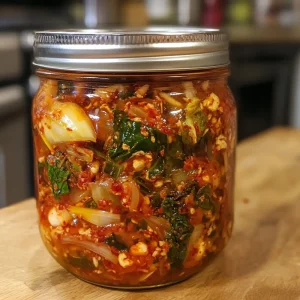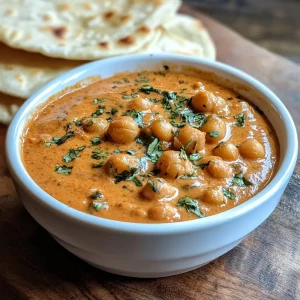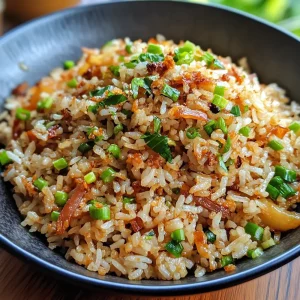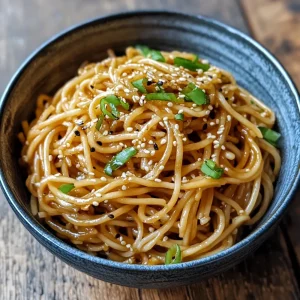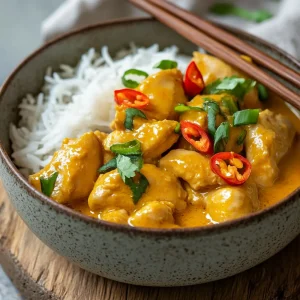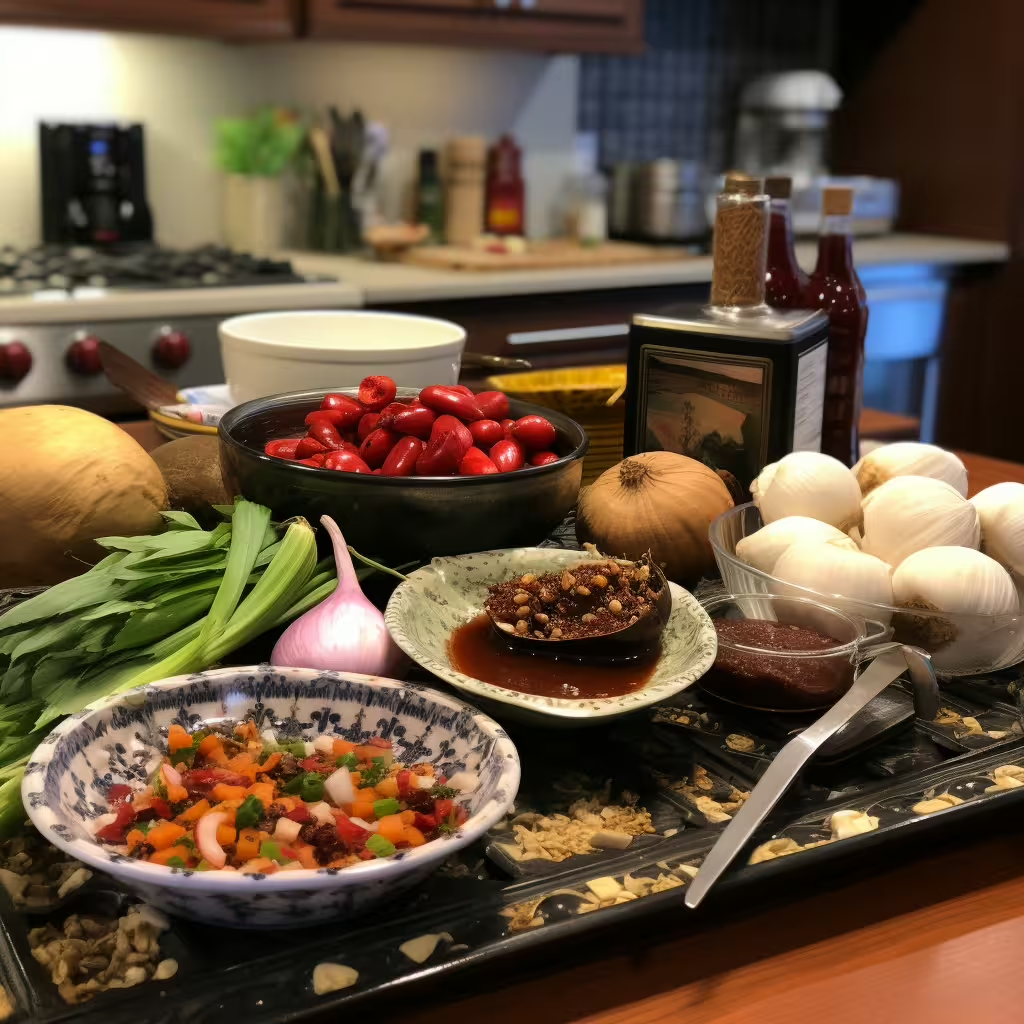The Asian culinary landscape is a tapestry woven from a rich history of diverse cultures, flavors, and ingredients. From the bustling street food stalls of Bangkok to the serene tea gardens of Japan, the Asian kitchen is a realm of culinary enchantment. Embarking on a journey through Asian cuisine means delving into a world of unique techniques and ingredients that have stood the test of time. In this article, we’ll explore the essential methods and staple elements that define the heart of Asian cooking.
The Art of Technique: Time-Honored Methods in Asian Kitchen
Asian cuisine places great emphasis on technique, often passed down through generations and perfected over centuries. These methods highlight the balance between efficiency and depth of flavor.
Stir-Frying: Fast and Flavorful
One of the most iconic techniques in Asian cooking is stir-frying. Popularized by Chinese cuisine, this method involves cooking ingredients over high heat in a wok with minimal oil. Stir-frying preserves the color, texture, and nutritional value of vegetables while creating a smoky, caramelized flavor known as “wok hei” (breath of the wok). It’s not just a technique; it’s a dance of heat and motion, allowing flavors to develop quickly and vibrantly.
Fermentation: A Flavor Evolution
Fermentation is another cornerstone of Asian cooking. In Korea, kimchi—fermented vegetables, usually cabbage with chili and garlic—is a staple on every table. In Japan, miso paste (fermented soybeans) is used in soups, sauces, and marinades. These techniques are not only essential for flavor but also enhance the health benefits of the dishes, contributing probiotics and enzymes that aid digestion.
Key Ingredients: The Building Blocks of Flavor
From bold spices to subtle umami enhancers, Asian cuisine thrives on ingredients that bring complexity and balance to every dish.
Rice – More Than a Side Dish
Rice is the backbone of Asian cuisine, but its role extends far beyond just being a side dish. In Japan, it becomes sushi rice, seasoned with vinegar, sugar, and salt. In India, basmati rice is the foundation of biryanis and pilafs. Sticky rice features in Thai desserts, while jasmine rice is a fragrant staple in Southeast Asian kitchens. The variety in rice type, preparation, and usage showcases the adaptability and significance of this humble grain.
Soy Sauce, Ginger, and Garlic: The Flavor Trinity
In many Asian dishes, a trio of ingredients forms the foundation of flavor: soy sauce, ginger, and garlic. Soy sauce brings saltiness and umami depth. Ginger adds warmth and a subtle zing. Garlic, raw or cooked, imparts a robust and pungent kick. Together, these ingredients are sautéed, simmered, or infused into marinades, broths, and dipping sauces, creating complex flavor profiles with minimal fuss.
Regional Delicacies: A Continent of Contrasts
Asia’s vast geography contributes to an incredible range of regional dishes, each shaped by climate, history, and culture.
East Asian Kitchen: Precision and Umami
In countries like Japan, China, and Korea, culinary traditions emphasize technique, presentation, and a balanced use of umami-rich ingredients. Sushi, ramen, and tempura in Japan reflect careful knife work and subtle flavor layering. Chinese cuisine offers bold flavors through Cantonese, Sichuan, and Hunan styles. Meanwhile, Korean cuisine showcases an obsession with balance—spicy, sweet, salty, sour, and fermented elements coexisting in harmony.
Southeast Asian Kitchen: Aromatic and Bold
Southeast Asian cooking is known for its vibrant, aromatic dishes. In Thailand, curries and stir-fries burst with the flavors of lemongrass, chili, lime, and fish sauce. Vietnamese cuisine is built on freshness—herbs like basil, mint, and cilantro are added at the last moment to enhance broths and noodle dishes. In Indonesia and Malaysia, peanut sauces, turmeric, and coconut milk create deeply satisfying meals with rich, earthy undertones.
A Culinary Journey Worth Taking
The Asian kitchen is not simply a place where food is made—it is a space where tradition, culture, and community come together. The techniques may vary from region to region, but the underlying philosophy remains the same: balance, respect for ingredients, and a deep appreciation for flavor.
Whether it’s mastering the perfect stir-fry or discovering the nuanced taste of fermented foods, exploring Asian cuisine is both an education and a celebration. With every dish, you not only taste something delicious—you also connect with centuries of history, passion, and innovation.
